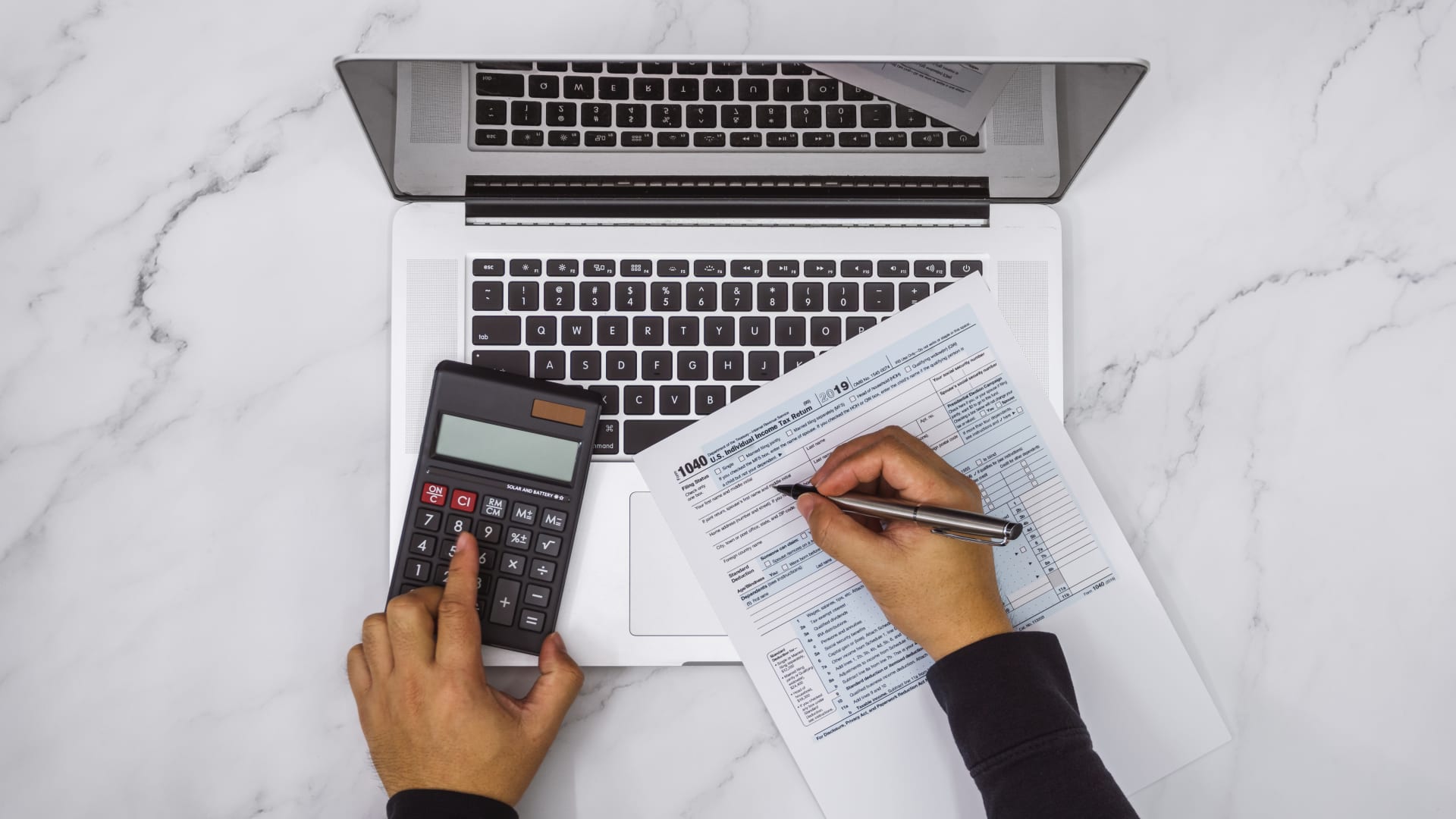There’s still time to avoid a penalty if you didn’t pay enough taxes in 2022 — but the clock is ticking.
If you are self-employed or receive income from gig economy work, investments and more, the deadline for your 2022 fourth-quarter estimated tax payment is Jan. 17.
Your payment may reduce your 2022 tax bill and bypass extra penalties and interest, according to financial experts.
More from Personal Finance:
Tax season opens for individual filers on Jan. 23, says IRS
Here are 3 key moves to make before the 2023 tax filing season opens
After ‘misery’ for tax filers in 2022, IRS to start 2023 tax season stronger, taxpayer advocate says
“It’s where you can make yourself whole at the end of the year,” said certified financial planner John Chichester Jr., founder and CEO of Chichester Financial Group in Phoenix.
If you’re not withholding taxes from your income, you typically must make payments four times per year. Otherwise, you may owe interest and a late-payment penalty of 0.5% of your unpaid balance per month or partial month, up to 25%.
The IRS says Direct Pay is the “fastest and easiest” way to make payments. You can also make payments through your IRS online account, which provides access to payment history, or digitally through the Electronic Federal Tax Payment System. You can see other options through the IRS payments website.
This season, the IRS will begin accepting individual tax returns on Jan. 23. The federal tax deadline is April 18 for most filers.
Know the ‘safe harbor’ to avoid federal tax penalties
One key thing to know: Chichester said there’s a “safe harbor” to avoid underpayment penalties for your yearly federal taxes.
You won’t owe federal penalties if you’ve paid, over the course of 2022 and through the Jan. 17 deadline, the lesser of 90% of your 2022 taxes or 100% of your 2021 bill if your adjusted gross income is $150,000 or less. (Opt for the latter strategy, and you’ll need 110% of your 2021 bill if you earn more than $150,000.)
However, the safe harbor isn’t a guarantee you won’t owe more federal taxes for 2022, Chichester said. He urges clients to set aside at least 20% of earnings to cover federal taxes, plus a smaller percentage for state taxes, depending on where they live.
